Man-Eaters After Jim Corbett: Ecology of Tiger Attacks in Sugarcane Farms
Man-eating is something abnormal and terrifying. When the problem erupts, it comes fast with a shocking velocity and a pure supernatural terror swipes the farmlands as the hallmark of killers' arrival. Aggression of aberrant predators is overwhelmingly obvious. They sometimes show complete control over the terrain on which they operate with deliberate purpose. To a scientific mind, man-eating might be a part of nature's cycle; but when it comes into play, it jeopardises the life of natives as well as life of ordinary tigers that operate habitually in sugar farms and don't pose problems for village communities. Man-eating brings chaos in people's lives and then their focus shifts to the tiger's accomplished hunting prowess and other dangerous capabilities that create mayhem and the normal tigers, whose ideal life is a life of proper syllogism in sugar farms, also begin to fall victim to native vengeance. The phenomenon of man-eater presents a distressing contrast to the grim economic prospects of the people. This is an unsus unsustainable situation that continues to explode cyclically in Tarai sugarfarms, then translocation or lethal control of the animal becomes compulsory. Wrought by humans through larger changes in ecology, the Tarai landscape of Pilibhit and Kheri districts has served as a living laboratory for the author to study the man-eating tigers. He talks of aberrant, nomadic man-eaters and large quantum of unprovoked attacks on humans done unintentionally by juveniles and deals with the predicament of man- eaters that often come to live in sugar farms alongside normal tigers and reflect dietary changes. These generate a kind of situation one only encounters in nightmares. This book is a personal account of unrivalled adventures experienced by Prof. Rahul Shukla, scion of feudal family, a former hunter and a distinguished Indian naturalist, he has devoted a valuable amount of time and energy to the pursuit of man-eaters in sugar farms of Himalayan Tarai. He has formulated the theory of ‘Sugarcane Tiger’ that live outside the protected areas in Tarai farmlands; they neither trouble humankind nor go back to jungles. This ecological wonder has been acknowledged by scientific community and the nomenclature ‘Sugarcane Tiger’ has been included in international wildlife lexicon.
Get it now and save 10%
BECOME A MEMBER

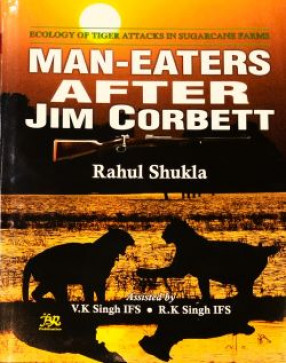




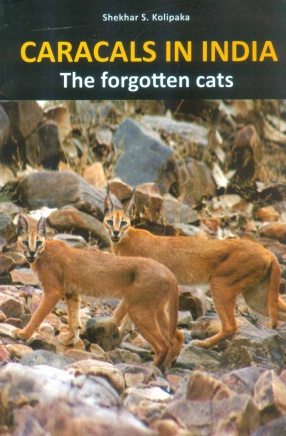
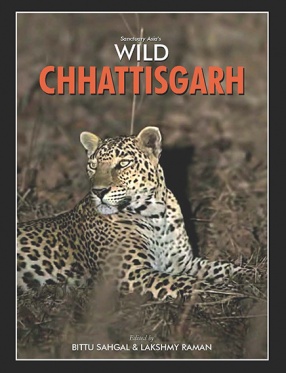
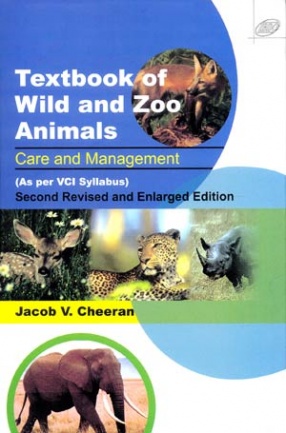
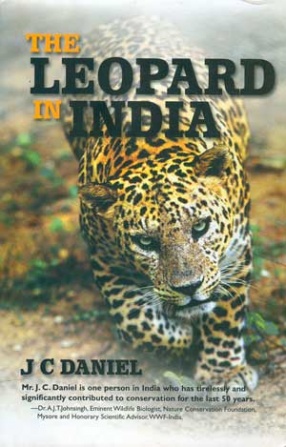

Bibliographic information
V K Singh
R.K. Singh